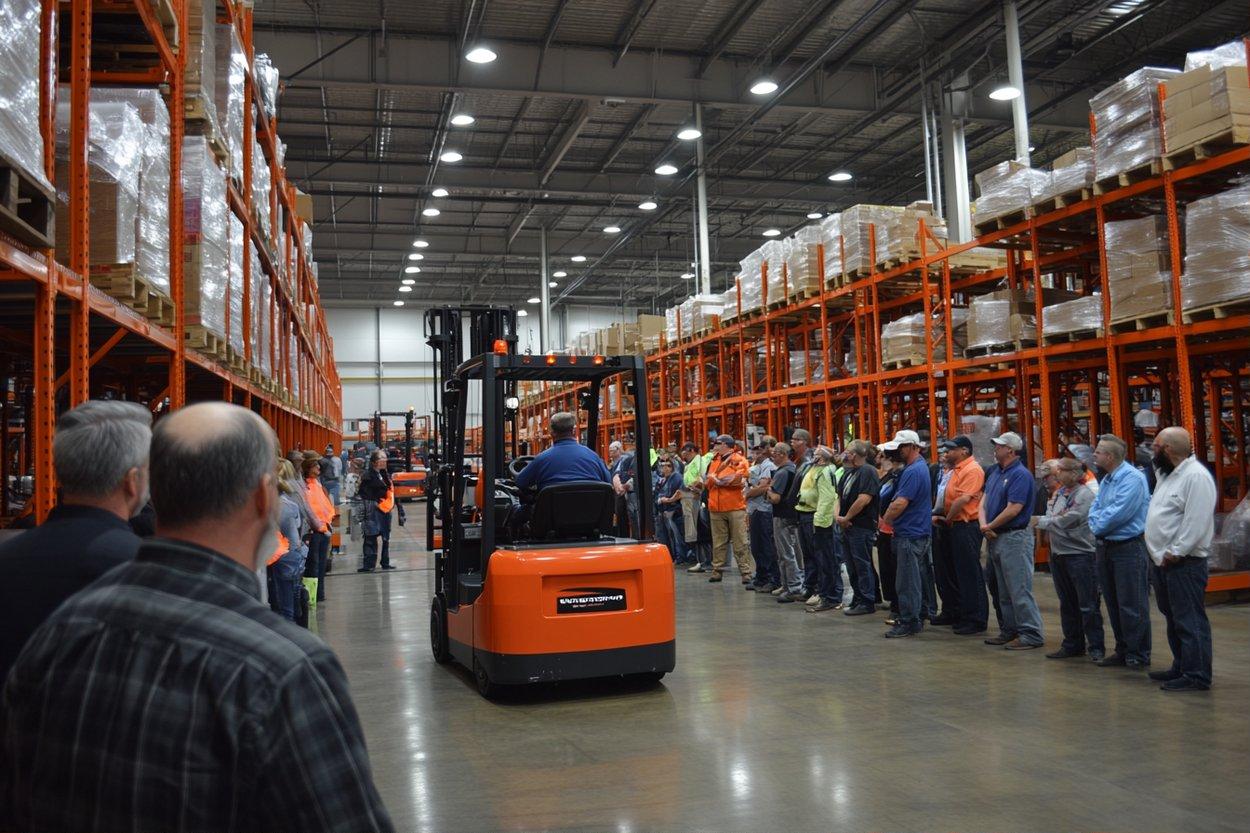Integrating automation to improve loading and unloading workflows
Automation applied to loading and unloading workflows can reduce handling time, improve consistency, and support safer operations. This article outlines practical integration steps, the role of sensors and retrofits, and considerations for maintenance, training, and compliance to optimize throughput in modern warehouses.

Effective loading and unloading workflows balance speed, safety, and accuracy. Integrating automation into these processes can streamline material movement, reduce manual strain, and create more predictable throughput for logistics operations. Practical integration focuses on targeted automation, reliable monitoring, and processes that support maintenance and compliance without disrupting daily operations.
Automation in loading and unloading
Automation can range from conveyor systems and automated guided vehicles (AGVs) to mechanized palletizers and simple motorized rollers. Choosing the right level of automation depends on throughput needs, dock layout, and inventory profiles. When implemented with clear process mapping, automation reduces repetitive manual tasks and helps maintain steady flow during peak periods. It also enables better measurement of cycle times and supports coordination across receiving, staging, and dispatch areas.
How sensors enhance monitoring
Sensors provide the real-time data needed to monitor load status, detect blockages, and confirm correct placements. Photoelectric, proximity, and weight sensors can detect presence and measure loads, while RFID and barcode readers support inventory verification during transfers. Combined with centralized monitoring dashboards, sensor data improves visibility for supervisors and helps identify bottlenecks before they escalate, enabling corrective action that preserves uptime and throughput.
Retrofitting existing warehouse equipment
Not every facility requires full replacement of plant to gain automation benefits. Retrofit strategies—adding motor drives, sensor packages, or simple control logic to existing conveyors and lifts—often deliver high return on investment. Retrofitting keeps capital costs lower and lets teams phase improvements. When planning retrofits, review compatibility with current control systems, assess electrical and structural constraints, and ensure retrofits align with compliance and safety standards.
Maintenance, inspection, and uptime
Sustained uptime depends on proactive maintenance and regular inspection routines. Automation reduces some manual wear points but introduces electromechanical components that require scheduled servicing. A documented maintenance plan should include inspection checklists, spare-parts lists, predictive monitoring where available, and clear escalation paths for repairs. Combining condition-based monitoring with routine inspections helps preserve uptime and extend equipment life while minimizing unexpected downtime.
Safety, ergonomics, and compliance
Automated systems must be designed to improve safety outcomes rather than introduce new risks. Guarding, emergency stops, safe zones, and clear signage remain essential, and ergonomics should guide any interface design to reduce operator strain during exception handling. Compliance with local workplace safety regulations and industry standards must be verified before deployment. Training staff on safe interaction with automated equipment and maintaining an ongoing inspection program are both critical for meeting regulatory expectations.
Scheduling, inventory, and training
Automation works best when integrated with scheduling and inventory systems. Linking automated loading operations to warehouse management or transportation-management systems improves coordination, reduces dwell time, and supports just-in-time workflows. Staff training is central: operators need to understand system interfaces, basic troubleshooting, and safety protocols. Cross-training helps maintain flexibility, letting teams reassign personnel during peaks or when automated systems require maintenance.
Conclusion Integrating automation into loading and unloading workflows requires a balanced approach: select technologies that address specific bottlenecks, use sensors and monitoring to maintain visibility, plan retrofits to control costs, and formalize maintenance, inspection, and training programs to preserve uptime and compliance. When these elements work together, facilities can achieve more consistent throughput while improving worker safety and operational predictability.





